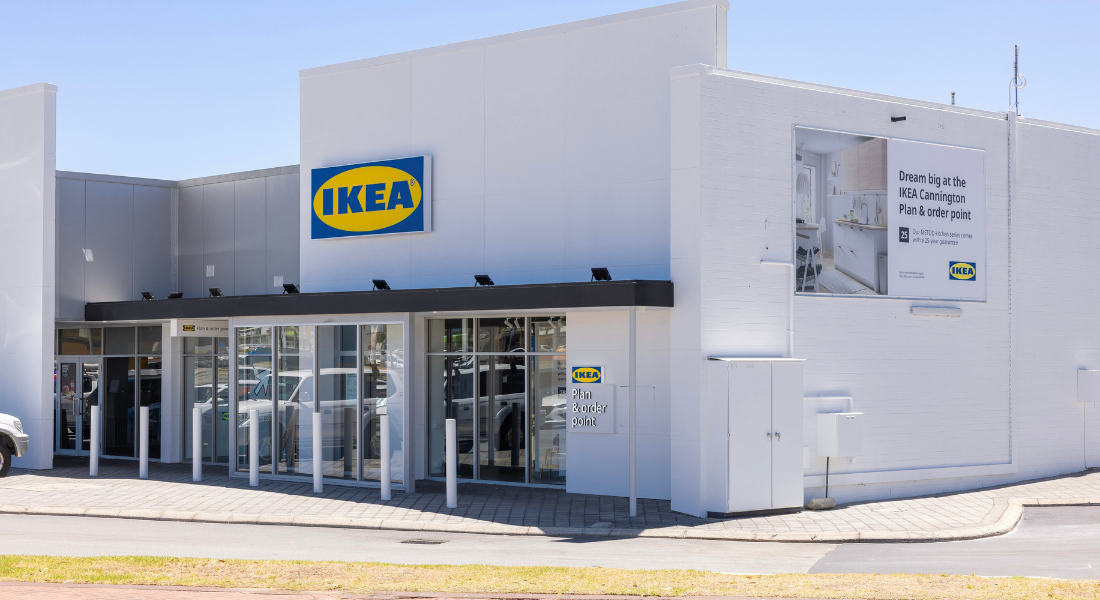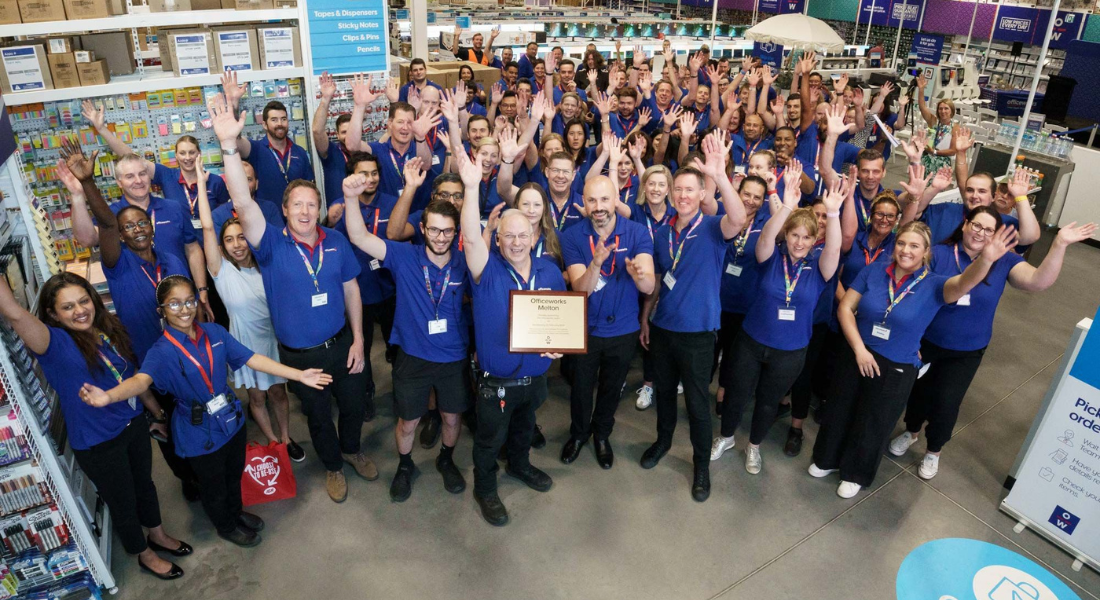Workplace Risks – A Snap Shot in the Retail Sector

The obligation on business to manage workplace risks continues to expand and present more complex and costly considerations.Latest statistics from Safe Work Australia show that work-related injury and disease cost the Australian economy $61.8 billion, representing 4.1% of GDP.
- The majority of the cost (95%) was borne by individuals and society;
- Workers bore 77%, the community 18% and employers 5%; and
- Injuries accounted for $28 billion (45%) of the cost.
Since 2012-13, industry and corporate Australia expanded workforce capabilities with sophisticated means of flexible work arrangements blending the work /life balance. Whilst this helps industry deliver business objectives, it brings with it less defined workplaces and further obligation on business to manage front end safety and broadening workplace injury liabilities.
What’s On The Rise
Whilst the retail trade sector continues to see a larger proportion of muscular skeletal injuries, consideration should be given to the immense increase in mental health claims within the past two decades and the network and systems required to support them within industry as they arise.
The latest Safe Work Australia’s Australian Workers’ Compensation Statistics demonstrate that over recent years there has been an increase in mental health claims. Mental disorders recorded a 43% increase in time lost claims, rising from 11.2 working weeks in 2000–01 to 16 weeks in 2014–15. It is also one of the highest median compensation paid ($28,400 in 2014–15).
What Should We Focus On
Ongoing injury management challenges for the sector includes financially managing return to work initiatives for shift work and temporary and casual working arrangements.
The retail industry as a whole also has a high proportion of young workers. These factors make it important that the risks are well managed, financially considered, and all workers appropriately trained and supervised.
Edgewise and their workers’ compensation partner Work Health Options (WHO) recommend business continue to identify their risks to ensure adequate insurance arrangements, coupled with effective risk management plans to minimise the risks.

Sam Nania, Executive Director, Edgewise Insurance Brokers




